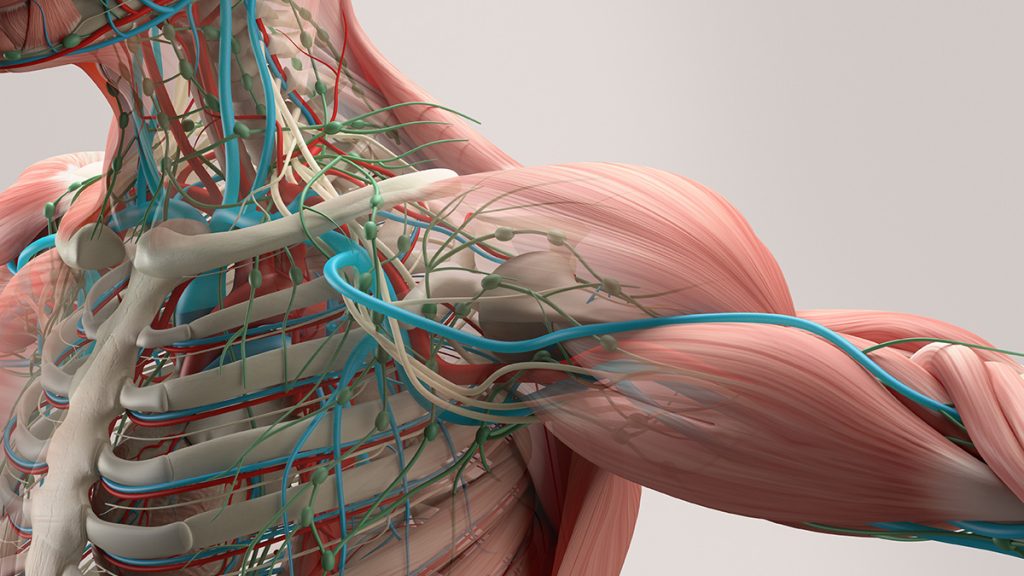
As we continue to live in a digital age, electronic devices have become an integral part of our daily lives. We use them to communicate, work, and entertain ourselves, but have you ever stopped to consider the potential impact on our physical bodies? The constant use of electronic devices could lead to significant changes in our anatomy, both positive and negative.
One area of development is the integration of electronic devices directly into our organs and tissues. Researchers are currently engineering these devices to monitor and control the functioning of organs in real-time, allowing for improved medical treatments and better health outcomes. However, the integration of electronic devices into our bodies may have unintended consequences that we must consider.
The Cons of Human Anatomy
While technology could potentially lead to a more adaptable, smarter, and stronger organism, there are also potential consequences that must be considered. One such consequence is the potential shrinking of certain areas of the brain. As we increasingly rely on technology to remember and store information, our brains may adapt by reducing the size of certain regions. While this could free up brain space for other functions, it could also lead to a decrease in our ability to remember information without the aid of technology. Additionally, the constant use of electronic devices could lead to changes in our natural posture, potentially causing chronic back pain and respiratory issues.
Moreover, human bodies may be changing in ways that could ultimately cause physical deformities. The study, which was conducted by researchers at Australia’s Curtin University, found that people who spend significant amounts of time using smartphones and other technology may be developing “hornlike” growths on the back of their skulls.
Specifically, the researchers found that the growths, known as “enlarged external occipital protuberances,” tend to be more common in younger people who spend a lot of time hunched over their devices. The growths are thought to be caused by the constant strain of looking down at a screen, which can put pressure on the muscles and bones in the neck and skull.
Integration and Beyond
While there are potential negative consequences of electronic device integration, there are also numerous positive ones. With the ability to monitor and control our organs in real-time, we could potentially avoid many diseases and illnesses. Additionally, electronic devices could enhance our cognitive abilities, allowing us to process and analyze information at a much faster rate. This could potentially lead to the ultimate evolution of humans into a more adaptable, smarter, and stronger organism.
Furthermore, the integration of electronic devices into our bodies could lead to advancements in tissue engineering and materials science. By developing electronic devices that blend directly within organs and tissues, we could potentially create new organs and tissues that function better than their natural counterparts. This could revolutionize the field of regenerative medicine, allowing us to create functional tissues and organs for patients in need.
Final Thoughts
The constant use of electronic devices is likely to have a significant impact on our anatomy. While some changes may be negative, such as the potential loss of our pinky fingers and changes in our posture, others could be positive, such as increased cognitive abilities and improved health outcomes. It’s important to consider the potential implications of these changes as we continue to integrate technology into our daily lives. As with any development, there are both benefits and drawbacks, and it’s up to us to weigh the pros and cons carefully.
Inside Telecom provides you with an extensive list of content covering all aspects of the tech industry. Keep an eye on our Impact section to stay informed and up-to-date with our daily articles.